This article was medically reviewed by Sarah Gehrke, RN, MS and by wikiHow staff writer, Aly Rusciano. Sarah Gehrke is a Registered Nurse and Licensed Massage Therapist in Texas. Sarah has over 10 years of experience teaching and practicing phlebotomy and intravenous (IV) therapy using physical, psychological, and emotional support. She received her Massage Therapist License from the Amarillo Massage Therapy Institute in 2008 and a M.S. in Nursing from the University of Phoenix in 2013.
There are 16 references cited in this article, which can be found at the bottom of the page.
wikiHow marks an article as reader-approved once it receives enough positive feedback. This article received 22 testimonials and 80% of readers who voted found it helpful, earning it our reader-approved status.
This article has been viewed 2,028,493 times.
Dealing with hemorrhoids (or piles) is no fun. Although painful, hemorrhoids usually aren’t serious and tend to go away on their own, but a few simple treatments can help them fade even faster. We’ve got the best tips and tricks on home and over-the-counter remedies you can try to start feeling better soon. Read on to learn how to ease hemorrhoid symptoms and keep them from coming back.
Things You Should Know
- Use topical treatments like Preparation H and hydrocortisone cream to lessen swelling and soothe hemorrhoids.
- Try drinking more water or putting an ice pack on your bottom to ease hemorrhoid symptoms at home.
- Aim to exercise more, eat a high-fiber diet, and sit less on the toilet to prevent hemorrhoids from returning.
- Call your doctor if you experience worsening symptoms or dark-colored stools, as they’ll be able to give you the best treatment possible.
Steps
Easing Hemorrhoid Symptoms
-
1Use a topical treatment to ease swelling and pain. If your hemorrhoids are exceptionally painful, talk to your doctor about using an over-the-counter cream or lotion. These can help reduce inflammation and uncomfortable symptoms in external hemorrhoids, and all you have to do is follow the product’s instructions.[1] Look for products that have topical analgesics like lidocaine or benzocaine, such as:
- Preparation H
- Hydrocortisone cream
- Diaper rash cream
- Stop using a topical treatment if it causes dry skin or a rash around your anus.
-
2Put witch hazel or aloe vera on your hemorrhoids. Both of these herbal substances contain anti-inflammatory properties that can help with hemorrhoid symptoms. Try following one of these home remedy treatments to make your hemorrhoids go away faster:
- Use witch hazel to reduce hemorrhoids by applying it to the anal area using a cotton ball or soft pad.[2] If you don’t have witch hazel, try buying Tucks Medicated Pads over-the-counter instead.
- Dab plain 100% aloe vera gel on the anal area to soothe and decrease hemorrhoid swelling and redness.[3]
Advertisement -
3Apply a homemade Epsom salt and glycerin paste for fast relief. Epsom salt is a natural anti-inflammatory, and glycerin soothes itching and irritation. Mix 2 tbsp (10 grams) of Epsom salt into 2 tablespoons (30 mL) of glycerin until a paste forms. Put the paste on a gauze pad and place it over the affected area. Leave the paste on for 15 to 20 minutes before gently wiping it off.[4]
- Reapply the paste every 4 to 6 hours until your pain subsides.
-
4Take a sitz bath after each bowel movement to promote healing. A sitz is a warm water bath for the perineal area. Purchase a small tub (often called a sitz bath) that sits on top of the toilet seat, or simply use your bathtub. Fill the tub with a few inches of warm water or to the indicated mark, and soak for 20 minutes. Gently pat the area dry and repeat whenever discomfort increases.[5]
-
5Apply a cold compress to the area to reduce swelling. Ice is a universal fix-all for many ailments, including hemorrhoids! If you’re experiencing discomfort or pain, try laying on your stomach and placing an ice pack or cold compress on your bottom for 15 minutes. Continue doing this 2 to 3 times a day until your symptoms subside.[7]
- If you’re prone to hemorrhoids, consider investing in a hemorrhoid ice pack or perineal cooling pad.
-
6Keep the area around your hemorrhoids clean. Although it can be painful to wipe your bottom when a hemorrhoid is present, it’s one of the best things you can do to help all piles heal faster. Gently wash the area with a soft washcloth, warm water, and mild, unscented soap. Rinse well and pat dry with another washcloth or soft tissue.[8]
- Moist towelettes are another option you can try. Try finding some infused with aloe to help soothe the area even more.
-
7Drink at least 8 cups (1.9 L) of water a day. Staying hydrated will soften your stools, making them easier to pass so you don’t have to strain (which could potentially worsen your symptoms).[9] When you have an external or internal hemorrhoid or suspect one’s coming, increase your water intake and try to get in the daily recommendation of 8 to 11.5 cups (1.9 to 2.7 L).[10]
- Try giving your water more flavor by squeezing in a lemon, lime, or orange.
Preventing Hemorrhoids
-
1Add more fiber-rich foods to your diet to prevent hemorrhoids. Fiber is an excellent stool softener and helps everything move along in your intestines. If you have a hemorrhoid or feel one coming along, try adding more fiber to your diet by eating high-fiber foods or taking a fiber supplement.[11]
- Replace white rice, bread, and pasta with whole-grain products to add fiber to your normal meals easily.[12]
- Eat more legumes (beans, peas, lentils), seeds, vegetables, and fruits.
- Try adding an over-the-counter psyllium fiber supplement like Citrucel or Metamucil to your morning glass of water.[13]
-
2Go to the bathroom when you have to go. It can be easy to hold your poo in during inconvenient times, but this can actually cause hemorrhoids. When you wait, your stool dries out and backs up your rectum, adding additional pressure and causing constipation. So, when you feel the urge to go, go![14]
-
3Limit how long you sit on the toilet. Spending long periods of time in the bathroom can put pressure on the anal area and cause constipation. If nothing happens after 10 minutes, get up and try again later. The longer you sit and wait, the more strain you’ll put on your rectum.[15]
- Everyone’s body is different, so it may take you naturally more time to have a bowel movement, and that’s okay.
-
4Exercise regularly to reduce your risk of hemorrhoids. Daily movement stimulates bowel function, making passing stools that much easier. Aim to do at least 20 minutes of aerobic exercise a day, like walking, swimming, or cycling. Even the smallest lifestyle change can make a big difference![16]
- If you have a sedentary job where you sit for long periods of time, set an alarm to get up and walk around every hour.
Identifying Hemorrhoids
-
1Check for blood to see if you have an internal hemorrhoid. Hemorrhoids, also known as piles, are swollen and inflamed blood vessels in the anal or rectal area caused by increased pressure on the rectum. There are two types of piles: internal and external. Internal hemorrhoids are usually painless but do cause rectal bleeding. Look for red blood when you clean yourself or in the toilet after a bowel movement.[17]
-
2Use your fingers to feel for an external hemorrhoid. External hemorrhoids cause pain, itching, and burning sensations around and on your rectum. These piles sit above the skin, so you can easily feel them if you have them. Clean your hands and gently touch on and around your anus to see if you feel any abnormal lumps.[18]
-
3Avoid things like straining on the toilet, which cause hemorrhoids. Hemorrhoids can happen for a number of reasons, and knowing how you might have gotten them can keep them from coming back. Think about your lifestyle. Doing or experiencing any of these things may cause hemorrhoids:[19]
- Straining during bowel movements
- Sitting on the toilet for extended periods of time
- Chronic constipation or diarrhea
- Not eating enough fiber
- Lifting heavy objects
- Anal intercourse
- Aging and pregnancy can also cause piles but aren’t so easily avoidable. Talk to your doctor about what home remedies, lifestyle changes, or medications would work best for you.
-
4Seek medical treatment for pain or blood in your stool. Most of the time, hemorrhoids heal on their own, but more severe cases may need special attention. If you have an internal hemorrhoid and bleed for more than 3 days, contact your doctor. If you experience more pain and discomfort sitting and during bowel movements, see your doctor.[20]
- Call your doctor immediately if your stools are maroon or black in color. This could be a sign of a serious problem in your digestive tract.
- For severe hemorrhoid cases, doctors may conduct a colonoscopy to determine the next step in treatment.
- To medically treat a hemorrhoid, a doctor might perform a rubber band ligation or stapled hemorrhoidopexy on internal piles or a hemorrhoidectomy on external or internal piles.
- Anal cancer, rectal cancer, colon cancer, diverticulitis, and bacterial infections all have similar symptoms to hemorrhoids, so it’s always best to contact your doctor if your symptoms persist or worsen to check for underlying conditions.[21]
Warnings
- If you’re diabetic, avoid products that contain vasoconstrictors, such as phenylephrine, unless instructed to by a healthcare provider. These products can restrict blood vessels and worsen your symptoms.⧼thumbs_response⧽
- If you have diabetes, do not use products containing hydrocortisone, such as Preparation H, unless a doctor tells you to, as this steroid can cause blood sugar levels to spike.⧼thumbs_response⧽
- Avoid home remedies using apple cider vinegar or tea tree oil to heal hemorrhoids as they could make your symptoms worse.[22]⧼thumbs_response⧽
References
- ↑ https://www.niddk.nih.gov/health-information/digestive-diseases/hemorrhoids/treatment
- ↑ https://www.ncbi.nlm.nih.gov/pubmed/18253066
- ↑ https://www.ncbi.nlm.nih.gov/pubmed/18253066
- ↑ https://health.clevelandclinic.org/2016/06/7-best-worst-home-remedies-hemorrhoids/
- ↑ https://www.health.harvard.edu/diseases-and-conditions/hemorrhoids_and_what_to_do_about_them
- ↑ https://medlineplus.gov/druginfo/natural/235.html
- ↑ https://www.ucsfhealth.org/education/hemorrhoids
- ↑ https://myhealth.alberta.ca/health/AfterCareInformation/pages/conditions.aspx?hwid=uf7564&
- ↑ https://www.health.harvard.edu/diseases-and-conditions/hemorrhoid-help-preventing-and-treating-flare-ups
- ↑ https://www.mayoclinic.org/healthy-lifestyle/nutrition-and-healthy-eating/in-depth/water/art-20044256
- ↑ https://www.ucsfhealth.org/education/increasing-fiber-intake
- ↑ https://www.helpguide.org/articles/healthy-eating/high-fiber-foods.htm
- ↑ https://www.ncbi.nlm.nih.gov/pmc/articles/PMC5413815/
- ↑ https://www.niddk.nih.gov/health-information/digestive-diseases/constipation/treatment
- ↑ https://www.niddk.nih.gov/health-information/digestive-diseases/hemorrhoids/treatment
- ↑ https://www.niddk.nih.gov/health-information/digestive-diseases/constipation/treatment
- ↑ https://www.health.harvard.edu/diseases-and-conditions/hemorrhoids_and_what_to_do_about_them
- ↑ https://www.health.harvard.edu/diseases-and-conditions/hemorrhoids_and_what_to_do_about_them
- ↑ https://www.niddk.nih.gov/health-information/digestive-diseases/hemorrhoids/symptoms-causes
- ↑ https://www.health.harvard.edu/diseases-and-conditions/hemorrhoids_and_what_to_do_about_them
- ↑ https://medlineplus.gov/ency/article/003130.htm
- ↑ https://lahemorrhoids.com/blog/can-online-trick-really-cure-piles-3-days
About This Article
If you're already drinking more than 10 glasses of water a day, you can get rid of your hemorrhoids even faster by icing the area for 15 minutes 2-3 times a day. For best results, keep the area clean by gently washing with a warm washcloth daily, and try applying aloe vera cream or witch hazel pads to soothe your skin and relieve itching, burning, and inflammation. To prevent further irritation and promote healing, try wiping with a moist towelette instead of dry toilet paper. For more tips, like how to prevent this from happening again, read on!
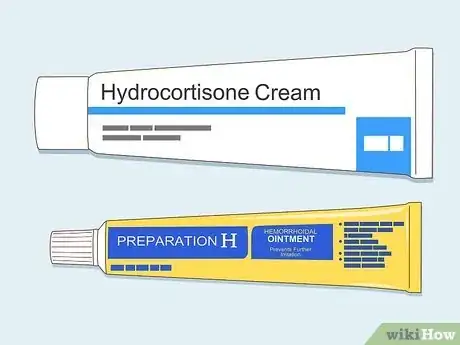
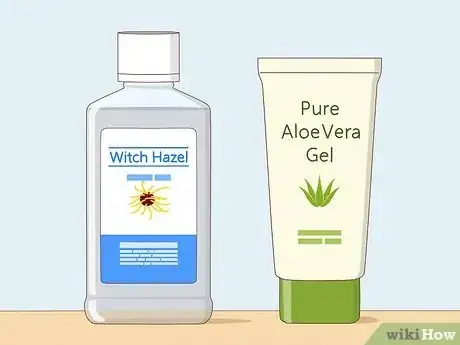

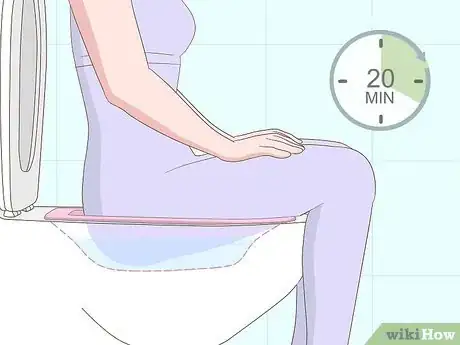
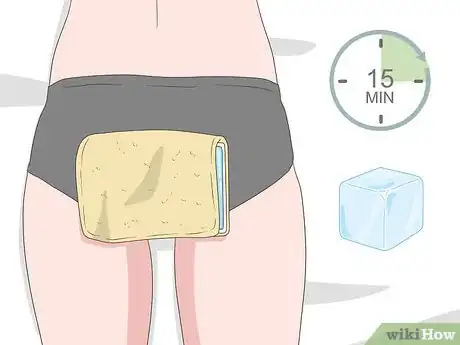
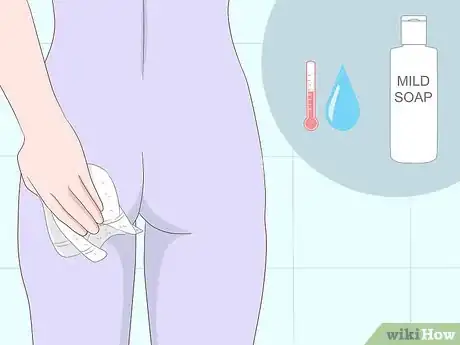

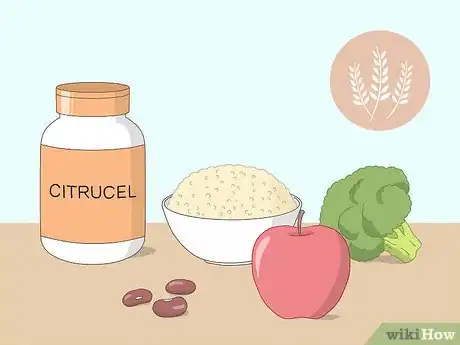

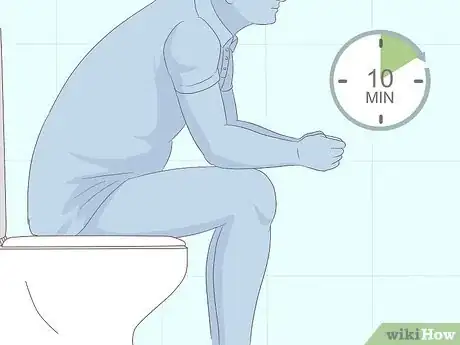
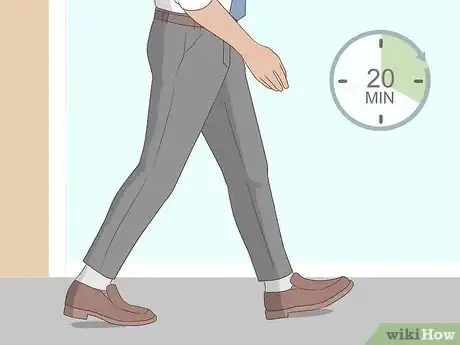
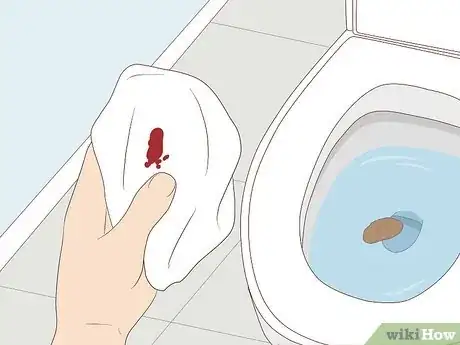
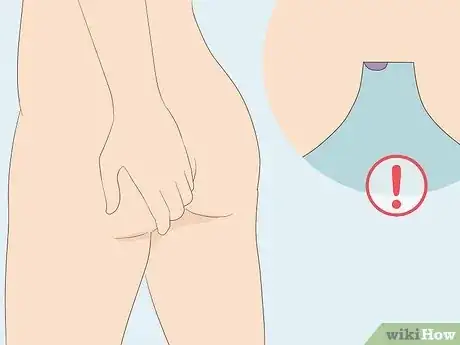
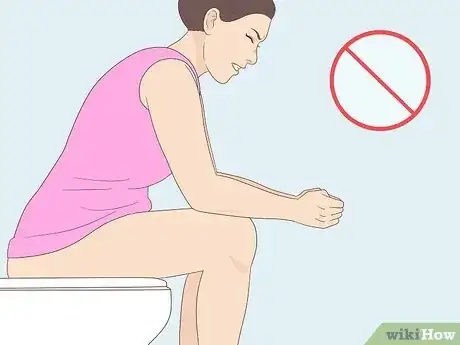
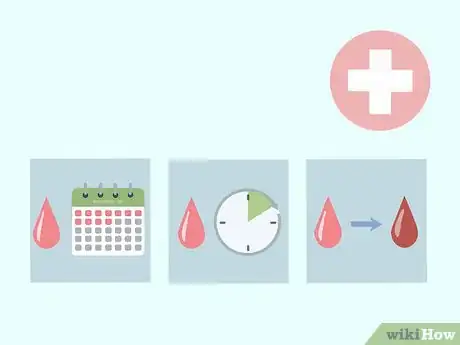

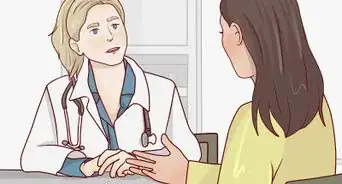

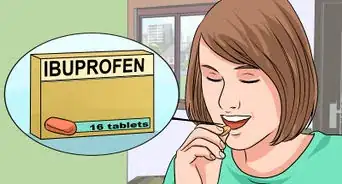
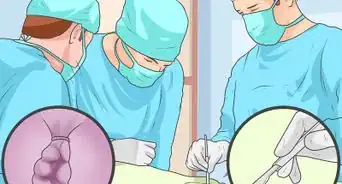
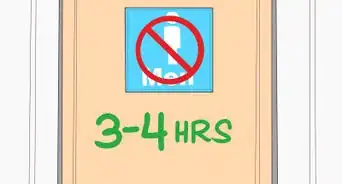
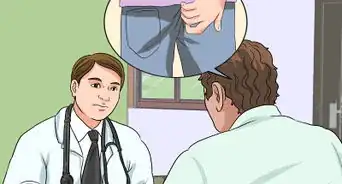
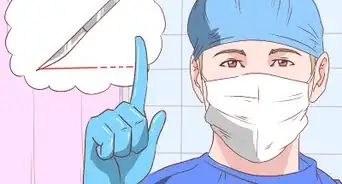
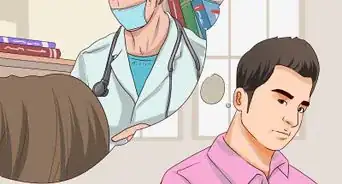
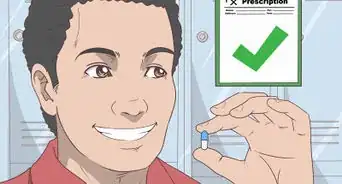
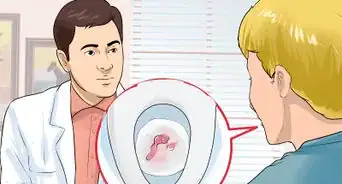
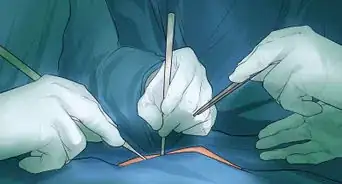
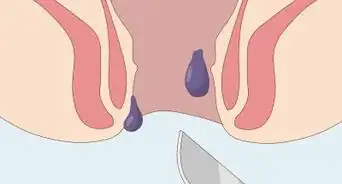
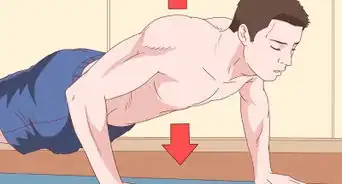










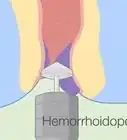
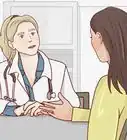

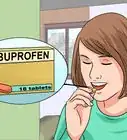



































Medical Disclaimer
The content of this article is not intended to be a substitute for professional medical advice, examination, diagnosis, or treatment. You should always contact your doctor or other qualified healthcare professional before starting, changing, or stopping any kind of health treatment.
Read More...